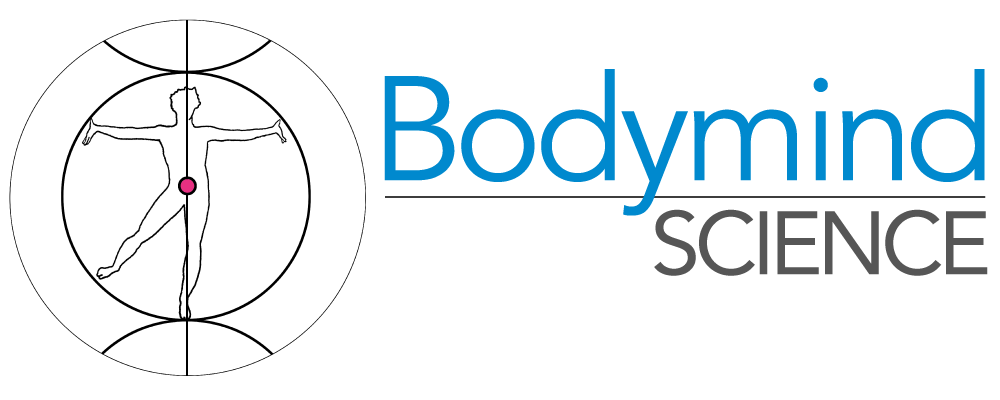All my life I have been fascinated by the Bodymind arts.
I started when I was 11 with Judo. I was living in Geneva at the time, and as a  precociously intelligent and bookish child, I was picked on at school. My half-brother Kenny, 10 years older than me, suggested Judo. I loved it! Something about the rituals, the language, the accoutrements, and above all hints of mysterious energies, drew me in. To the right: me at age 12, demonstrating with my long-suffering younger brother!
precociously intelligent and bookish child, I was picked on at school. My half-brother Kenny, 10 years older than me, suggested Judo. I loved it! Something about the rituals, the language, the accoutrements, and above all hints of mysterious energies, drew me in. To the right: me at age 12, demonstrating with my long-suffering younger brother!
At the same time I was very intellectually oriented. I wanted to be a nuclear physicist when I grew up! I couldn’t wait to be able to take science classes at school.
Of these two divergent interests, the science came easily to me; but my own emotional pain kept pushing me in a different direction, towards the martial arts first, then meditation, psychotherapy, and Western somatic systems like the Alexander Technique.
As I made slow and painful progress on my personal journey, I kept exploring and seeking to understand the subtler, deeper aspects of these systems. Although I gradually experienced and understood more, I was always aware of the painful Cartesian gap between what rational science could grasp, and the realities revealed in my direct experience.
With time, I started to teach and to develop my own system, integrating many of the systems I had studied. In particular, professional certifications as an Alexander teacher, a Somatic Experiencing practitioner, and decades of study of Qigong, contributed to what I now call “Bodymind Training”. This integrates methods and insights from traditional Asian methods, Western Somatic practices, and the trauma-oriented body psychotherapies.
In 2012, I began a collaboration with Dr. Mardi Crane, and returned again to my interest in science, specifically neuroscience. To my great excitement I found that modern neuroscience was now capable of understanding most of the phenomena I encountered in the Bodymind systems, without dumbing them down. Together with Dr. Crane, I published a number of papers on this topic, drawing on recent developments in affective, embodied, enactive neuroscience and neurophenomenology. Finally I felt the apparent split between the bodymind systems and the scientific view begin to dissolve. The developing understanding of the brain and nervous system provides a new (in the West) view of the nature of reality and of the person, which is remarkably coherent with the traditional Asian view.
Although there is now widespread awareness of many forms of Bodymind practice, it seems to me that much of the old Cartesian dualism lingers on under the surface. This gets in the way of a real grokking[i] of the bodymind systems (to grok = to know in fullness), which are based in a worldview which does not regard “body” and “mind” as entities at all. And this non-dual perspective, although coherent with modern neuroscience, is not easy to truly understand. Although “mindfulness” has been widely embraced, there is often little recognition of the traditional use of this skill to move beyond mind and body. Likewise, practices such as Tai Chi or Yoga tend to be reduced to skilled martial or athletic performances, and their depth and power as Bodymind practices overlooked. Even the body-oriented therapies may aim at symptom reduction and ignore the extraordinary therapeutic potential of direct recognition of our innate wholeness.
Just as it pained me to feel my own inner dividedness, so it pains me to see people unaware of the profound possibilities of the Bodymind practices, or unable to practice them due to lack of a teacher or misunderstanding of the methodology. In developing Bodymind Training, we have drawn on many sources, attempting to find the simplest, most accessible, and most effective practices. One big difference from most practices is the idea of “daylong practice”. This means that a practice is not something you do for a defined period of time every day; instead the practice is something you do all the time, right in the midst of whatever your usual daily activities—like standing, walking, sitting, lying down, moving around, and interacting with other. And rather than being a mental or a physical practice, every practice involves the whole of our being—in fact, what makes it a Bodymind practice is exactly that it does involve the whole of oneself!
In future blog posts, I will indulge my life-long passion, and continue to do my best to convey what the Bodymind arts are, and how to practice them. If you are already a practitioner, be it of Tai Chi, Qigong, Yoga, Meditation, the Alexander Technique, Somatic Experiencing, or any other, I can guarantee you will find new perspectives here which will deepen your appreciation and open new possibilities. If you don’t practice any, I will show you extremely easy and simple ways to begin a practice.
If you would like to be informed of future posts, please sign up on our Contact page.
Hope to see you again!
Peter Payne
[i] To grok means “to know in fullness”; from the ancient Martian language. See Heinlein’s science fiction book, Stranger in a Strange Land.

You must be logged in to post a comment.